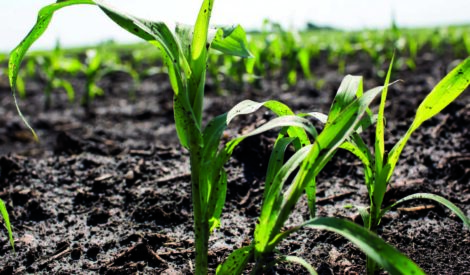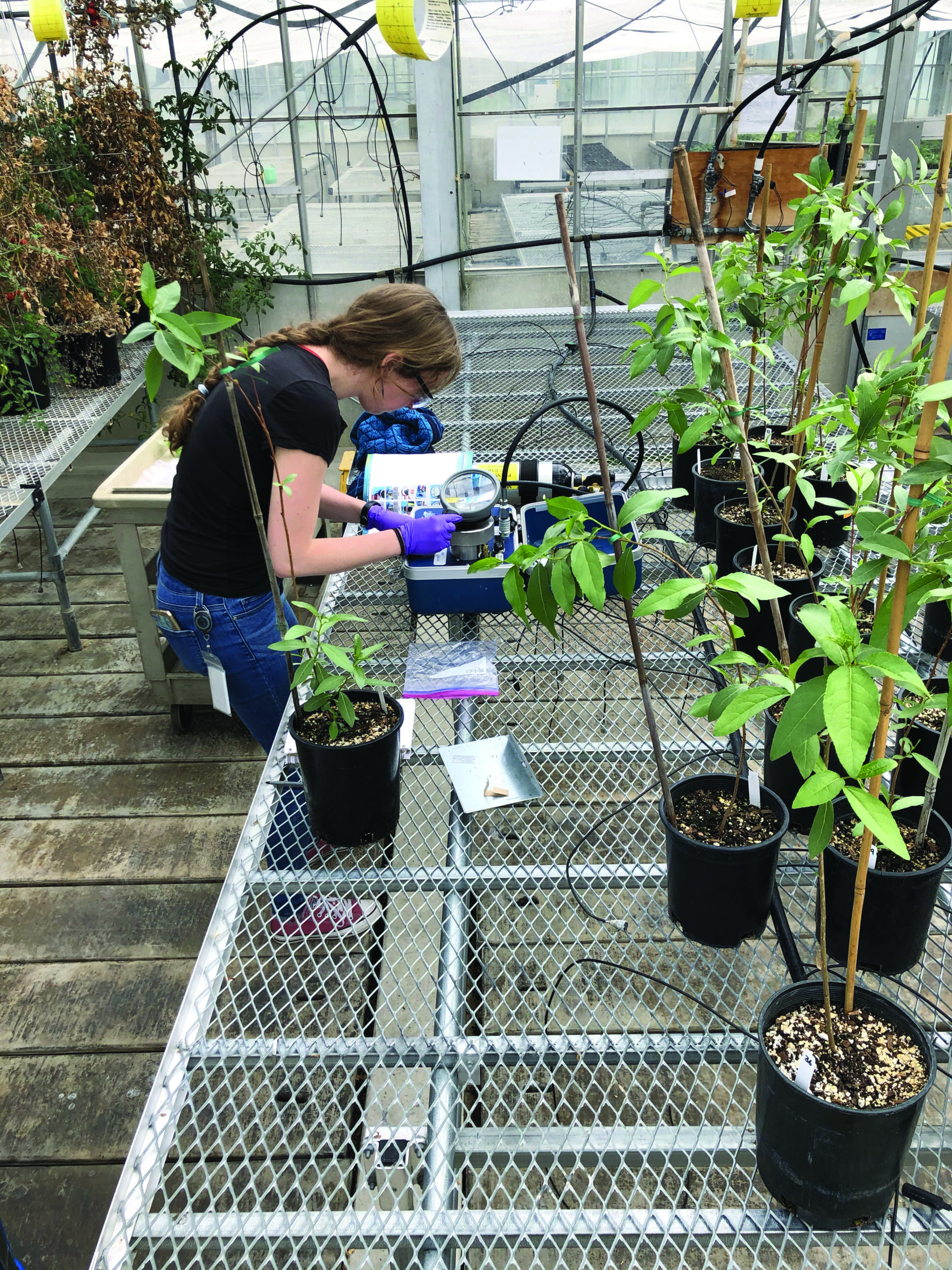Gain a genome-level understanding of plant metabolism, physiology, and growth to develop new bioenergy feedstocks with traits tailored for bioenergy and bioproduct development.
 Realizing the potential of lignocellulosic biomass as a source of renewable energy and biobased products requires the development of high-yielding crops and trees or nonfood oil seed crops that efficiently use resources and minimally disrupt existing food and fiber markets. Additionally, bioenergy feedstock production needs to contend with changing climatic conditions and ensuing environmental impacts (e.g., drought, temperature extremes, and increased pathogen pressure), which may threaten the productivity of all agricultural crops.
Realizing the potential of lignocellulosic biomass as a source of renewable energy and biobased products requires the development of high-yielding crops and trees or nonfood oil seed crops that efficiently use resources and minimally disrupt existing food and fiber markets. Additionally, bioenergy feedstock production needs to contend with changing climatic conditions and ensuing environmental impacts (e.g., drought, temperature extremes, and increased pathogen pressure), which may threaten the productivity of all agricultural crops.
Plant research faces unique challenges in biological and genetic diversity, such as teasing out the frequent segmental and whole genome duplications that often result in large gene families and subfunctionalization of their member genes. These plant genome features add layers of complexity to the already intricate nature of eukaryotic gene expression and regulatory networks. While this complexity has increased plants’ adaptability to diverse environments, it also poses challenges in identifying and characterizing the functional roles of genes responsible for plant phenotypes. Furthermore, researchers estimate that the function of about 40% of all genes in any sequenced plant genome remains unknown.

Plant Systems Biology. Rebecca Dewhirst, a postdoc at LBNL, studies leaf water potential of poplar trees in response to an experimental drought. [Courtesy LBNL]
In this context, current objectives for GSP plant genomics research are to:
- Discover and functionally characterize key plant genes and alleles that influence yield and quality traits and/or confer adaptability or resilience to a range of environmental conditions and change in biomass crops (e.g., switchgrass, energy sorghum, poplar, and Miscanthus spp.) and nonfood oilseed crops (e.g., Camelina spp. and pennycress).
- Develop innovative approaches for understanding the distinct functions of genes, proteins, and metabolites of the multiple cell types found within plant organs.
- Comprehensively investigate genetic and epigenetic regulatory mechanisms and develop methods to discern regulatory differences among gene family members.
- Develop comparative approaches to enhance knowledge of the structure, function, and organization of plant genomes and to identify reduced sets of candidate genes for detailed functional characterization across related species.
- Determine high-resolution molecular structures of proteins/enzymes and assemblies to identify and prioritize structural features affecting their function and specificity and integrate these structures with computational modeling to identify and prioritize structural features affecting their function and specificity.
- Dissect complex phenotypes (e.g., yield as well as water and nutrient use) into genetic components and use natural variants, mutants, gene editing, and transgenes to characterize and validate gene function to understand impact on phenotype.
- Develop and validate methods to map quantitative associations within clades using synteny, homology, cross-species co-expression networks, and other such analyses.
- Examine the complex interactions between bioenergy feedstock plants and their environment, as well as the influence of these interactions on plant growth and development, expression of bioenergy-relevant traits, and adaptation to changing environments.
- Develop new and fundamental knowledge of biomass deconstruction processes to convert a broader range of biomass types into a range of precursors that are readily convertible into biofuels and bioproducts.
- Increase degradability and expand usability of biomass components (e.g., hemicellulose and lignin monomers).
